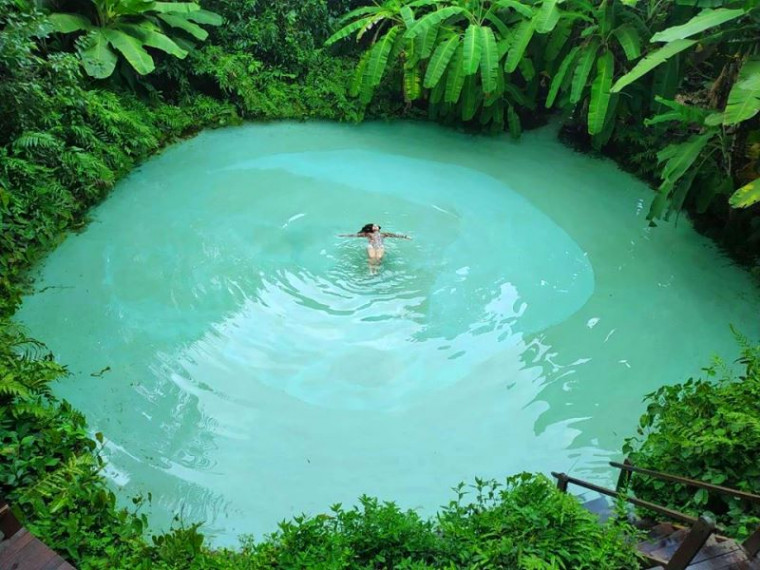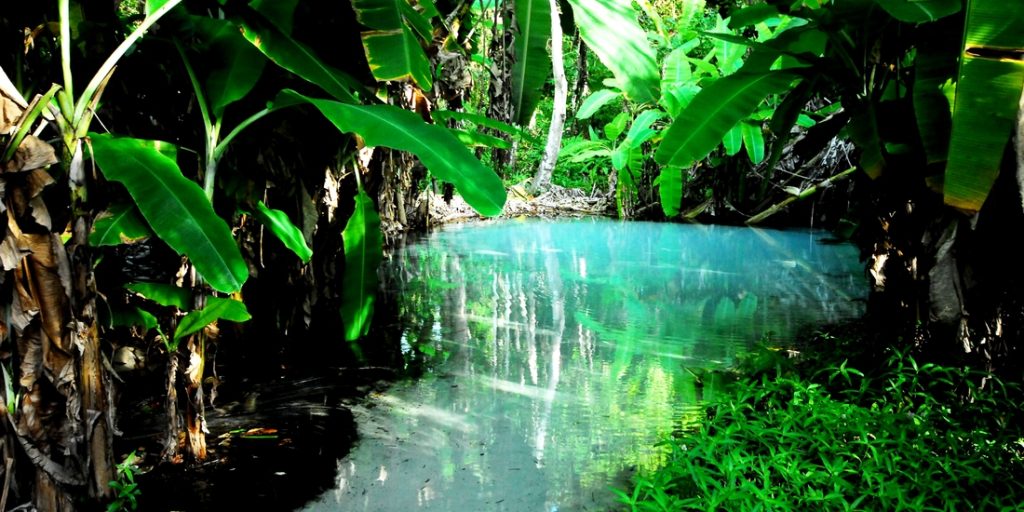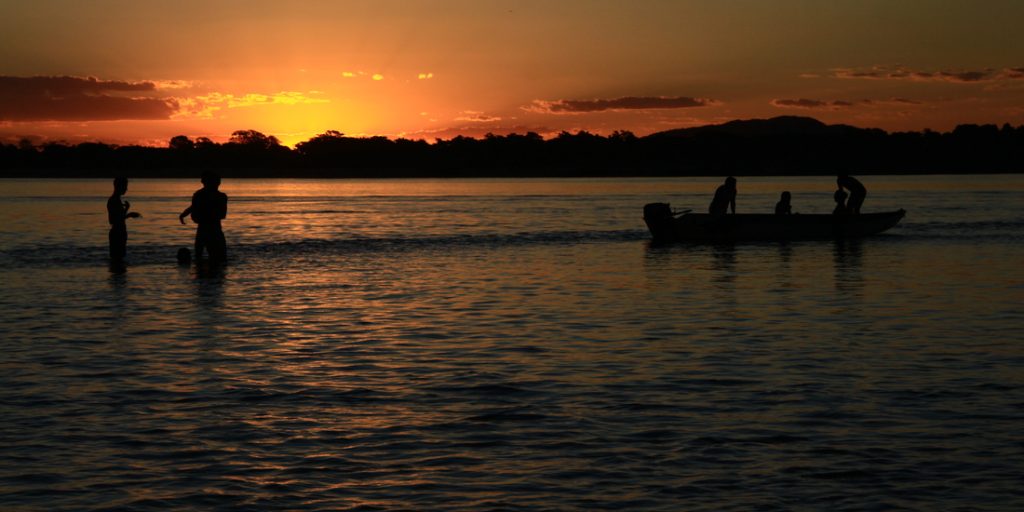Jalapão, Bananal Island and Cantão: check out some of the charms of Tocantins, the country’s newest state
14 de February de 2022

Eduardo Figueiredo – from Cenarium Magazine
MANAUS – With only 33 years of creation, Tocantins is the youngest state in Brazil. But, despite such a short time of existence, it is full of natural scenarios with great touristic potential. And in this week’s series “Tourism in the Amazon”, CENARIUM MAGAZINE highlights the natural beauty and tourist attractions of Tocantins.
According to the official site of the Secretary of Tourism, the state currently has a wide variety of cultural manifestations and traditions, shaped mainly by faith and religiosity, which survive and are re-signified, forming the identity of the people of Tocantins. Among them are environments of great socio-environmental importance, such as Ilha do Bananal, Jalapão, and Cantão.
Jalapão
Described by the Secretary of Tourism as “a natural paradise in the middle of Brazil”, the Jalapão region is a place of great adventures. For lovers of rafting – a sport that consists in going down rapids with inflatable boats, passing through whirlpools and waves – the descent to the Prainha do Rio Novo is an option for those who want to take a radical and thrilling ride.
In the Jalapão region, tourists can also find the fervedouros (fresh water vents), where the strong pressure of the water prevents people from sinking. Another option for those visiting the region is Ponte Alta de Tocantins, where the tourist will find the Sussuapara canyon, with crystal clear waters that descend through cracks between the approximately 12 meter high walls.

Mateiros
Located in the eastern region of the state of Tocantins, the city of Mateiros, 310 km from the capital, Palmas, is a reference in the production of handicrafts in capim dourado. It is in the rural area of the town that Povoado Mumbuca is located, a remaining quilombo community where the production of pieces with this raw material originated.

São Félix do Tocantins
The town of São Félix do Tocantins is located 263 km from Palmas. The settlement of the town started with migrants from the Northeast coming mainly from Piauí, Maranhão and Bahia, appearing as a settlement in 1736. According to information from the Tourism Secretary, geographically it is the most central of Jalapão, bordering to the North with the city of Lizarda, to the South with Mateiros, to the West with Novo Acordo, and to the East with the State of Maranhão.
Bananal Island
Known as the paradise of the ancestral peoples, the Bananal Island is not only the largest river island in the world. Its richness is translated into the calmness of the Javaé and Araguaia rivers, which surround the island and propitiate a great variety of fish, a dream for sport fishing lovers.
The variety of birds is, also, an opportunity to do Birdwatching Tourism and, during the trip, with a little bit of luck, the tourist will also be able to spot caimans, giant otters, deer, and, who knows, maybe a curious jaguar hiding in the forest.
But, for the Tocantins Secretary of Tourism, the great highlight of Bananal Island is the indigenous population. The Araguaia National Park is home to the Karajá and Javaé peoples, who keep traditions like the Hetohoky Party alive. It is worth mentioning that the Karajá “Ritxòkò” dolls are a cultural patrimony of Brazil.
With authorization from the village and Funai (National Foundation of the Indian), it is possible to visit a village, follow traditional festivals, purchase beautiful handicrafts and even be accompanied by indigenous people in a good fishing trip.
Ilha da confusão
In the region of Ilha do Bananal, in Lagoa da Confusão, there is the most beautiful water mirror of Tocantins: a large lagoon surrounded by rich vegetation and fine sand beaches. With two well defined seasons, summer and winter, the lagoon offers options for tourism the whole year round.
But, according to the Secretary of Tourism, it is during the summer season that this scenery unveils several leisure options. It is time for sport fishing, boat rides, nautical sports and lots of swimming.

Cantão
The natural riches, peculiarities of the Cerrado, and the exuberance of the Pantanal come together to form cinematographic landscapes in the Cantão region in Tocantins. The place is home to more than 150 fish species and hundreds of birds.
The secretariat of tourism classifies the place as the ideal destination for observing birds, mammals, and other animals present in the region. The Cantão State Park allows the visitor an almost visceral encounter with nature. Whether navigating in boats and kayaks on the water trails, venturing out on land trails, walking on deserted beaches, or bathing in the river.

Araguacema
For those who visit the Cantão region, one of the secretariat’s suggestions is to also get to know the town of Araguacema – one of the oldest in Tocantins – which started settling in 1812, with the creation of the Santa Maria Prison. Another important landmark in the history of the town is the ruins of an old refrigerator, built in 1943, whose purpose was to supply the Brazilian Armed Forces at the end of World War II.

